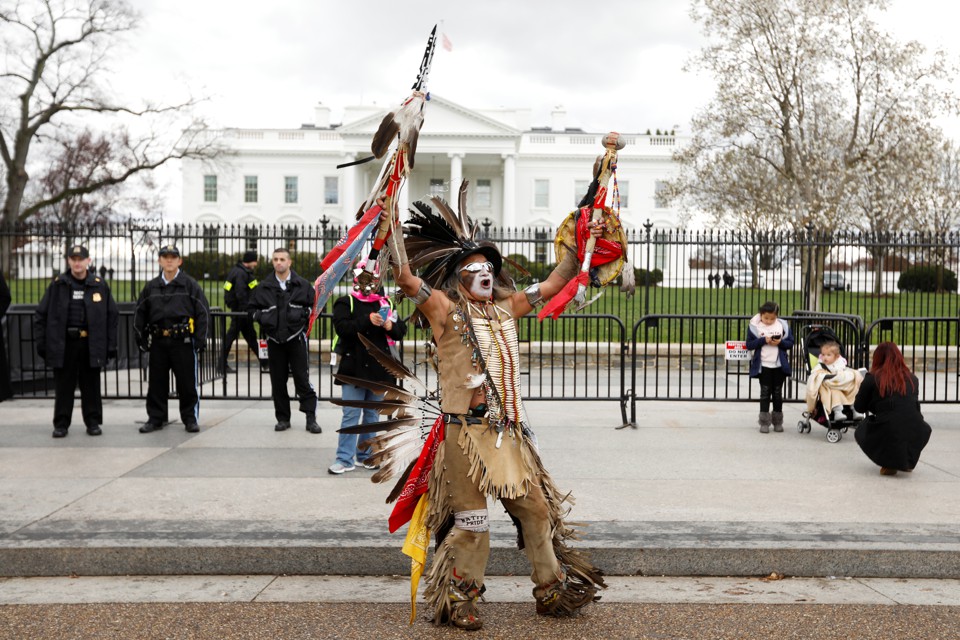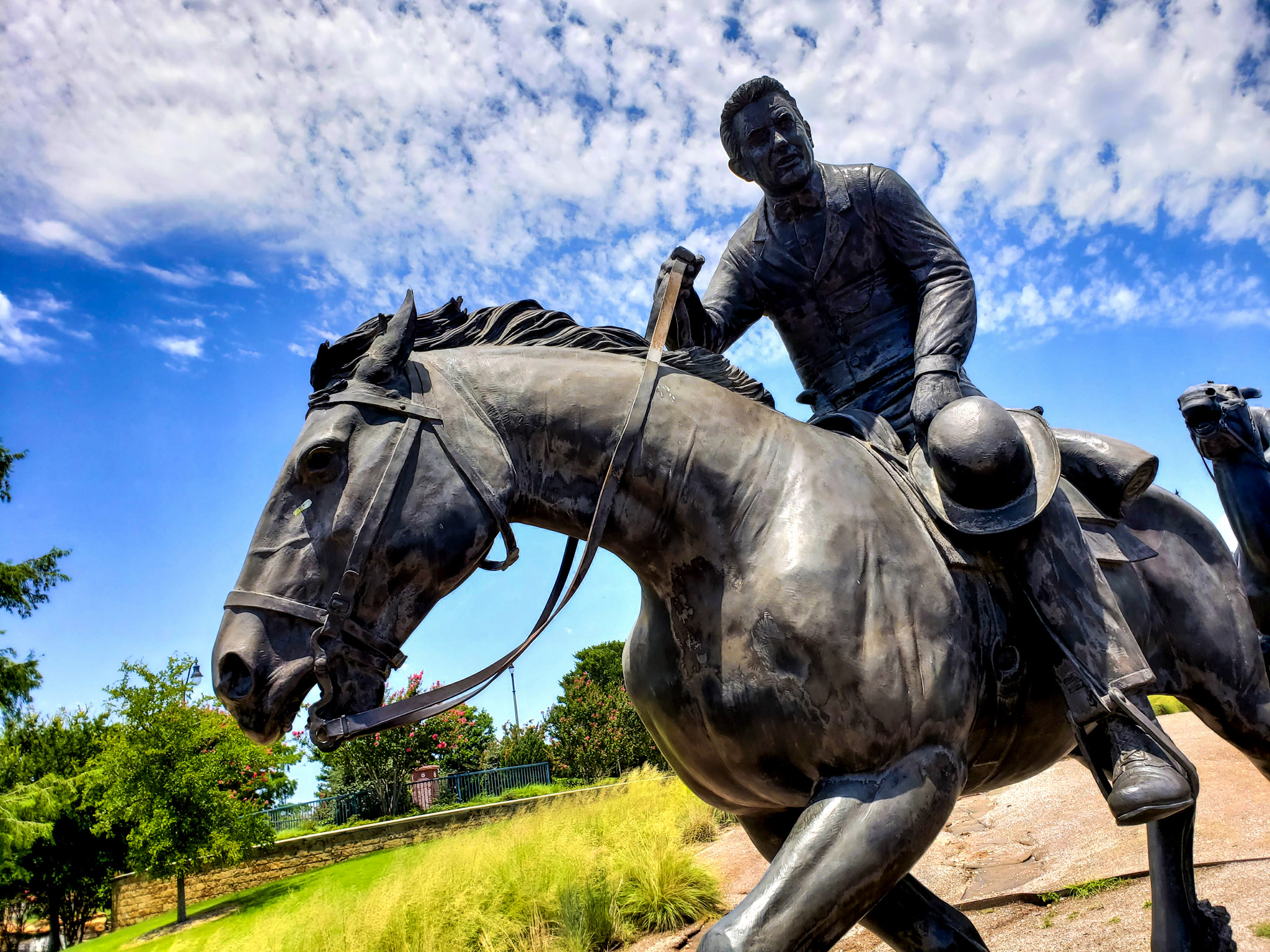REBLOG: AMERICAN INDIAN ADOPTEES: American Indian Children Still Removed From Homes
By LEX TALAMO
SOURCE (2015)
Almost 40 years after the Indian Child Welfare Act (ICWA) passed,
American Indian children are still being removed from their homes in
highly disproportionate numbers– at a rate almost three times higher
than any other ethnicity, excepting African American children.
Minnesota leads the list of states with the worst rates of
disproportionate removal– where American Indian children are overly
represented in the foster care system– according to a June 2015 report
from the National Council of Juvenile and Family Court Judges. Other
states with high numbers of disproportionate removal include Nebraska,
Iowa, Idaho, Wisconsin, Washington, South Dakota and Oregon.
Even in states without dramatic removal rates– like Arizona and New
Mexico– many American Indian children find themselves removed from their
families and placed in group homes, treatment centers or foster care.
In McKinley County, New Mexico, American Indian children make up 73
percent of all children in foster care, according to a 2015 third
quarter report from the New Mexico Children, Youth and Families
Department (CYFD). And in Arizona, over 1,300 American Indian children
were in the foster care system as of March 31, 2015, according to a
Department of Child Safety Child Welfare Report.
The Indian Child Welfare Act of 1978 applies to any child of American
Indian descent who is an enrolled member or eligible for enrollment in
any federally recognized tribe. When an American Indian child enters
state custody, the state must contact the child’s tribe, and the tribe
has the right to transfer the case to tribal court or to participate in
court proceedings.
In order to help American Indian children stay connected to their
tribal cultures and identities, ICWA also established a placement
preference that starts with the child’s extended family and clan
relatives and then progresses to enrolled members of the child’s tribe
and enrolled members from any tribe– with placement of the child in a
non-Indian family as a last resort.
“Any child who might be Native American, they have a [cultural]
identity,” said Regina Yazzie, Program Director of the Navajo Nation
Division of Social Services. “It’s a benefit.”
Yazzie added that across the country, state agencies struggle to find
American Indian foster families for children. Finding placement
families on reservation land can prove equally challenging.
Data from the Children, Youth and Families Department of New Mexico
shows there are currently 43 American Indian foster care providers who
have 79 placements available– nowhere near enough for the 262 American
Indian children in New Mexico’s foster care system. Melissa Otero from
AdoptUsKids.org also said through an email correspondence that less than
1 percent of all AdoptUsKids placement families identify as American
Indian.
When speaking with the Navajo Post, several tribal members mentioned
hardships on reservations that negatively impacted families’ ability to
foster– including poverty, poor housing, poor mental health care,
suicide, and addiction.
“Part of what’s going on [is] drug and alcohol numbers are sky high,”
said one tribal member, who wished to remain anonymous in order to be
able to speak freely. “There are not a lot of healthy families. There
are tons of families that care, but it takes structure, it takes money
[to foster], and so many families are overwhelmed with the day to day
living, how could they bring another child into their home?”
For the San Carlos Apache Tribe, methamphetamine poses a particular
devastating problem. Social services Director Terry Ross said that the
reservation currently has an “epidemic of mothers with meth-exposed
babies.”
“We try to work with the family, but when mothers are addicted to
meth… it’s hard,” Ross said. “We can’t make people do anything. They
have to want to change for their child.”
Many tribes offer social services like counseling, parenting classes,
detox centers and emergency supplies to American Indian families in
need. But representatives from several tribes mentioned that funding is
limited and resources are stretched thin, so that American Indian
children continue to find themselves in foster care– where many undergo
significant trauma and loss of identity when growing up separated from
their tribes, communities, and cultures.
A Sense of Belonging
Sandra White Hawk, an enrolled member of the Sicangu Lakota of the
Rosebud Sioux Tribe, was adopted into a white missionary family when
she was 18 months old in the days before ICWA. The only Indian girl in
her community, she grew up with a sense of being “different.”
“My adoptive mother constantly reminded me that no matter what I did,
I came from a pagan race whose only hope for redemption was to
assimilate to white culture,” wrote White Hawk, now executive director
of the First Nations Repatriation Institute, on her website.
White Hawk added that people in her community were ignorant of her
culture when she was growing up; they would ask her to do rain dances or
give war whoops. Susan Devan Harness, a member of the Confederated
Salish and Kootenai Tribes, was also adopted into a non-Indian family at
18 months. Harness said she was called “Squaw Girl” growing up and that
she had trouble finding dates in high school because her male
classmates’ mothers believed stereotypes that American Indian women were
promiscuous– and that dating one would get their sons in trouble.
“I have had privileges,” said Harness of her adoption. “Living in a
nice neighborhood, going to college, I have a Master’s Degree…a place at
the table. But I have paid a huge price for those privileges."
As part of that price, Harness said she was always fighting for a
place of belonging, and that many adoptees exist in an “in between
place” between their tribal communities and their adoptive families.
White Hawk’s website states that many adult adoptees also show traits of
survivors of trauma: anxiety, impulsivity, nightmares, guilt, and
unresolved guilt– and that much healing of these issues takes place for
adoptees when they reconnect with their tribal identities or “come
home.”
“In the beginning I didn’t see the importance of why anyone would
want to know my story as an adoptee because I didn’t understand the
prevalence,” said White Hawk. “I get it now.”
White Hawk added that reconnecting with her biological family and
tribe later in life allowed a “whole new part” of herself to awaken.
She sees similar transformations in the adoptees she works with– as does
Karen Vigneault, a librarian who uses her research skills to search
genealogy records and connect adoptees with their families.
Vigneault said that adoptees face many obstacles back-peddling
through their pasts: opening sealed court documents, misspellings in
their ancestors’ names or lack of names which makes tracing families
difficult, and apprehension at returning to their communities and
families decades later. Despite the challenges, Vigneault provides her
help to adoptees free from charge.
“If Creator has people asking me for help, I can’t charge them for
that,” Vigneault said. “To help them come home… it should be a free
ride.”
A 2009 report published by the Annie E Casey Foundation found that
resilience– the ability to bounce back after a traumatic or difficult
experience– increases dramatically for American Indian individuals who
have seven protective factors in their lives, including: a sense of
belonging to a culture, spirituality, connections to the tribal language
and extended family, a sense of humor, a mindset of forward thinking or
“moving forward to the seventh generation,” and what authors Charlotte
Goodluck and Angela Willeto describe as “responses from the culture”–
which could include beadwork, drumming, sweat lodge, talking circles,
smudging, pow wows and other ceremonies.
The association between resilience and strong rootedness in tribal
culture have significant implications for American Indian children
within the foster care and adoption systems today.
Tania Valdez, associate director of the voluntary treatment foster
care program La Familia-Namaste, Inc in New Mexico, described the change
she saw occur in a young woman in care when an ICWA worker sent her
music and books from her Oklahoma tribe.
“I think it plays a tremendous role in her cultural identity. It’s
part of who she is,” Valdez said. “She’s removed from her community, but
it gave her a piece of her culture, and she embraced that.”
Nikki Kull, executive vice president of The Ranches in New Mexico,
said that children in care struggle to transition from one culture to
another, regardless of their race.
“We had some siblings from the Yuni tribe who were very connected to
their culture… and it was hard for them to be separated from their
culture. It’s heart-breaking to see,” Kull said. “I desperately
understand the need for kids to stay within their culture, but the fact
remains there aren’t enough homes.”
The Indian Child Welfare Act Today
Several judges who spoke with the Navajo Post said that ICWA was
meant to be a gold standard for family law cases– that active efforts to
work with families before removing children from their homes would be
in the best interest of all children regardless of their race.
But lawsuits in several states– Minnesota, Arizona, Oklahoma and
Virginia– challenge the constitutionality of ICWA. Common arguments
include that the Act’s language discriminates against American Indian
children on race alone and that the Act violates due process and privacy
rights guaranteed by the Tenth and Fourteenth Amendments.
Judge Tim Connors, who teaches at the University of Michigan Law
School and helps train new judges in handling ICWA cases, said that
family law is mainly an issue for state courts, so that applying ICWA– a
federal law– to American Indian family cases is a “foreign concept” for
many judges. But he added that American Indian children are
particularly harmed when removed from their families.
“Data shows the trauma when we separate children from their
communities and their culture and their lineages,” Connors said. “And it
is particularly harmful for Native American children.”
Judge William Thorne, vice-president of the National Indian Justice
Center and a former member of the Board of Trustees for the National
Council of Juvenile and Family Court Judges, said that while some judges
and lawyers see ICWA as a violation of their code of ethics regarding
fairness, ICWA was created with American Indian children’s best interest
in mind.
“In tribal communities, if you cut a child off from their family,
grandparents, aunts and uncles, cousins, that really is almost active
abuse against that child, because in Indian communities things happen
based on relationships,” Thorne said in a video produced by the
Mississippi Administrative Office of Courts.
Judge Leonard Edwards, a retired judge who served for 26 years as a
Superior Court Judge and six years as Judge-in-Residence at the Center
for Families, Children & the Courts, stated that the adversarial
processes prevalent in courts– where two or more sides argue their cases
and then a “winner” is declared– go against traditional American Indian
practices of resolving conflict. Edwards said that the intention
behind ICWA was to help make sure that all of an American Indian child’s
resources were being considered.
“Social workers can be creative,” Edwards said. “It’s not mum and
dad, it’s the extended family and community. It’s different [in tribal
communities] and that can be difficult for our judges to understand.”
While ICWA has been acknowledged by many judges as a difficult law to
understand and implement, tribes across the country insist keeping
American Indian children connected to their tribes is of utmost
importance.
“[If not] They lose the language, the culture, the integrity of what
it is to be Native American and the values system,” said Doris Bailon,
director of Social Services of the Santo Domingo Pueblo.
Sandra White Hawk and Susan Devan Harness had a suggestion to reduce
the number of American Indian children entering the foster care system:
providing “front end services.”
“Instead of the money going to clothe and feed kids in foster care,
have that money going to strengthen Native families and communities,”
Harness said.


























